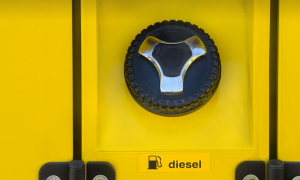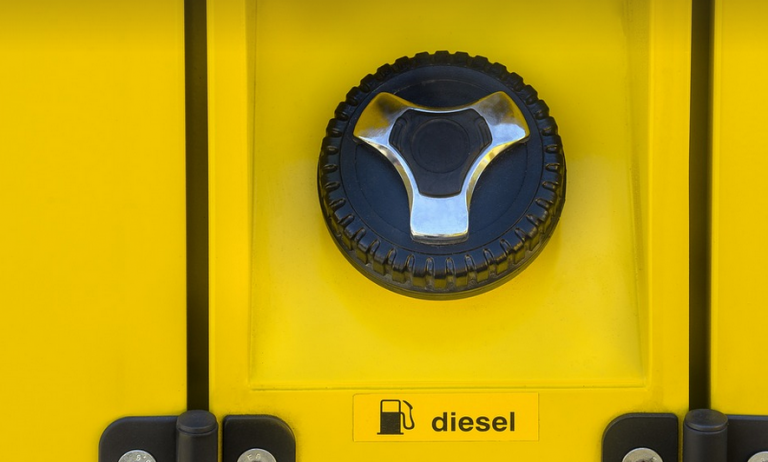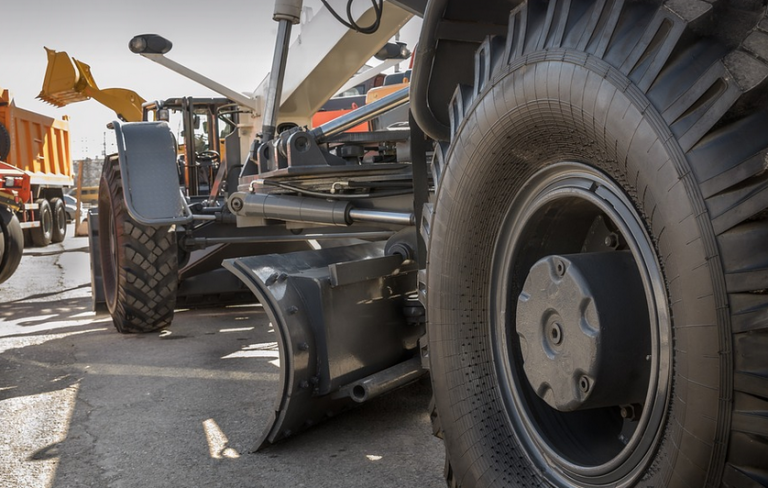Understanding the Problem
Let’s face it, nobody likes a surprise burst pipe in the middle of winter. Even worse? A frozen condensate line. These pesky pipes can pose a serious threat to your home’s comfort and even potentially cause water damage. A condensate line, often hidden away from plain sight, serves as a vital part of your HVAC system, directing condensation – that nasty stuff you see forming on the coils in your AC unit – away from your walls for proper drainage.
Why do these lines freeze? You might be surprised to learn that it’s not just about extreme cold. Even moderate temperatures can cause issues if moisture and freezing conditions meet. As warm air leaves your house, some of this moisture gets condensed into tiny droplets on the coils inside your AC unit. This condensation needs to flow out of your house, but sometimes, when temperatures drop significantly or there are sudden changes in weather patterns, these condensate lines can freeze solid.
Imagine a pipe like a thin, cold-sensitive straw; even a slight breeze will bend it and potentially cause leaks if the temperature drops too quickly. In winter, this “straw” is more vulnerable to freezing than ever before.
But don’t despair! Preventing these frozen lines is easier than you might think. Here’s your comprehensive guide to keeping your condensate lines flowing smoothly even in the coldest months.
Prevention: A Multi-pronged Approach
The best way to deal with a frozen condensate line is to prevent it from freezing altogether. This requires a multi-pronged approach that includes several key strategies:
**1. Insulating Your Condensate Line:**
The first thing you can do to protect your condensate line is to wrap it in insulation before winter sets in. Similar to how we use heat tape on exposed pipes, insulating the line helps prevent it from freezing solid. Insulation comes in various forms – foam sleeves, fiberglass wraps, or even self-adhesive insulation tapes – each offering a different level of protection.
**2. Maintaining Proper Drainage:**
Another significant factor is ensuring that your condensate lines are properly drained and flow freely. Regularly check for clogs that could hinder drainage. You can use a small snake or a specialized drain cleaner to remove any blockages in the pipe’s path. This helps prevent stagnant water, which could eventually freeze.
**3. Protecting Your AC Unit:**
Your air conditioner is your ally in preventing condensate line freezes. Ensure that your AC unit’s drainage system is clear and properly functioning. Regularly check for any blockages or cracks in the drain pan underneath the unit, as these can be a breeding ground for ice formation.
**4. Strategic Location:**
Consider the location of your condensate line. If possible, locate it away from direct drafts or sunlight exposure. This will help prevent sudden temperature fluctuations and limit the risk of freezing. If you must utilize an outdoor space, ensure the drainage point is protected by a cover to prevent accumulation of snow or water.
**5. Thermostat Management:**
Keep your thermostat set at a stable, warm temperature throughout the winter months. This will help keep your home’s internal temperature consistent and reduce the likelihood of sudden swings in humidity levels that could cause condensation formation and subsequent freezing.
**6. Consider a Condensate Pump:**
For extreme climates with frequent freezing conditions or if you’re facing persistent condensate line issues, consider installing a condensate pump. These pumps are designed to move the condensate away from your AC unit even during colder temperatures. This ensures consistent drainage and helps avoid frozen lines altogether.
Proactive Maintenance: The Key to Long-term Comfort
While preventative measures are crucial for avoiding frozen condensate lines, regular maintenance is equally important to keep your system running smoothly throughout the winter season. Here’s a quick checklist:
**1. Clean Your Condensate Line:** Regularly inspect and clean your condensate line at least once a year using a drain snake or cleaning tools. This removes debris and clogs that can hinder proper drainage.
**2. Inspect Drain Pan:** Regularly check for any leaks in the drain pan under your AC unit, and make sure it’s free of blockages. Ensure water flows freely without resistance.
**3. Clean Your AC Unit:** Periodically clean your air conditioner to remove dust build-up and ensure optimal airflow. This helps prevent clogging and allows for efficient drainage.
**4. Professional Check-Up:** For a thorough winter checkup, it’s always advisable to schedule a professional HVAC inspection. They can identify potential issues, check your system’s functionality, and provide tailored recommendations based on your specific needs.
**5. Winterize Your Home:** Embrace winterizing procedures that help prevent further issues. This includes closing vents during extreme cold, sealing drafts, and ensuring adequate ventilation to manage moisture levels


















